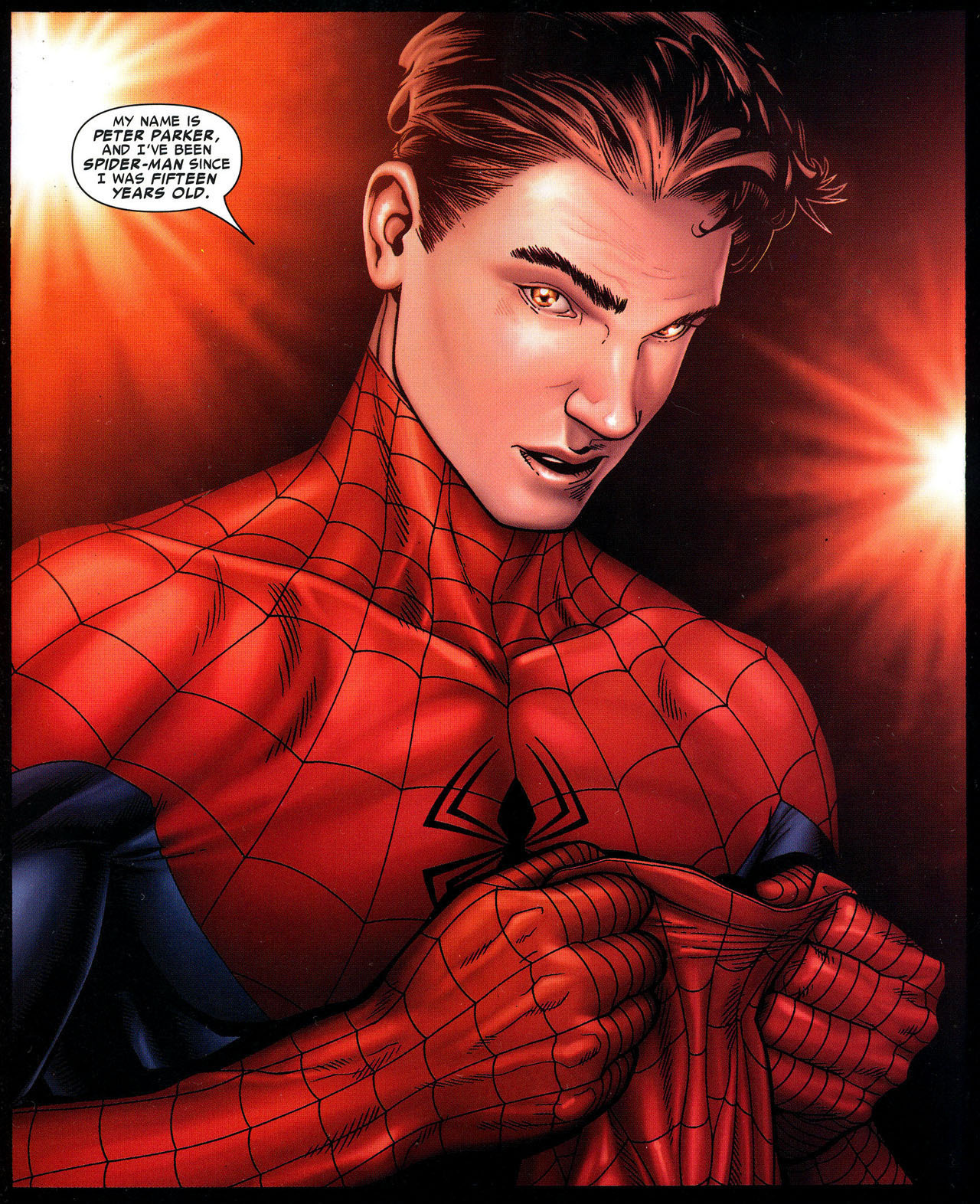Spider-Man, a character created by Stan Lee and Steve Ditko, has become one of the most beloved superheroes in popular culture. With his unique blend of relatability, humor, and extraordinary abilities, Spider-Man has captured the hearts of millions around the world. This article will delve into the fascinating history, evolution, and impact of Spider-Man, exploring what makes this web-slinger a timeless icon.
In this comprehensive guide, we will cover various aspects of Spider-Man, including his origin story, powers, notable storylines, adaptations in film and television, and the cultural significance of this superhero. Whether you are a long-time fan or new to the Spider-Man universe, this article will provide valuable insights and information.
Join us as we swing through the webs of Spider-Man’s adventures, uncovering the legacy of a character who has not only entertained but also inspired generations. Let’s embark on this journey and discover what makes Spider-Man a true superhero legend.
Table of Contents
- 1. The Origin of Spider-Man
- 2. Spider-Man's Powers and Abilities
- 3. Notable Spider-Man Storylines
- 4. Spider-Man in Film and Television
- 5. The Cultural Significance of Spider-Man
- 6. Spider-Man: Quick Facts and Data
- 7. Conclusion
- 8. References
1. The Origin of Spider-Man
The story of Spider-Man begins with a young high school student named Peter Parker. After being bitten by a radioactive spider during a science demonstration, Peter acquires superhuman abilities, including enhanced strength, agility, and the ability to cling to walls. This life-changing event marks the beginning of his journey as a superhero.
One of the key themes in Spider-Man's origin story is the concept of responsibility. After the tragic death of his Uncle Ben, which Peter feels he could have prevented, he adopts the mantra: "With great power comes great responsibility." This moral lesson resonates deeply with fans, making Spider-Man a relatable and inspiring character.
1.1 The Creation of Spider-Man
Spider-Man was first introduced in "Amazing Fantasy #15" in 1962. Stan Lee and Steve Ditko aimed to create a superhero who faced real-life challenges and issues, setting him apart from other heroes of the time, who were often depicted as invulnerable and flawless. This innovative approach made Spider-Man relatable to readers, particularly teenagers.
2. Spider-Man's Powers and Abilities
Spider-Man possesses a range of extraordinary powers that contribute to his status as one of Marvel's most formidable superheroes. These abilities include:
- Wall-Crawling: Spider-Man can adhere to and climb walls with ease.
- Superhuman Strength: He has the strength to lift heavy objects and overpower adversaries.
- Enhanced Agility: His agility allows him to perform acrobatic feats and dodge attacks.
- Spider-Sense: This unique ability alerts him to danger, giving him a sixth sense during combat.
- Web-Slinging: Using his web-shooters, he can swing between buildings and immobilize enemies.
2.1 The Role of Technology
In addition to his natural abilities, Peter Parker is a brilliant inventor. He creates his web-shooters, a technological marvel that allows him to shoot webs for swinging and capturing foes. This blend of science and superheroics showcases Peter's intelligence and resourcefulness.
3. Notable Spider-Man Storylines
Throughout the decades, Spider-Man has been featured in numerous iconic storylines that have defined his character and expanded the Spider-Man universe. Some of the most notable include:
- The Night Gwen Stacy Died: A pivotal moment that profoundly impacts Peter's life and relationships.
- Spider-Verse: A crossover event that introduces multiple Spider-People from different dimensions.
- Kraven's Last Hunt: A psychological exploration of identity and the nature of heroism.
- Ultimate Spider-Man: A modern reimagining of Spider-Man for a new generation, introducing a diverse set of characters.
3.1 The Legacy of Spider-Man Comics
Spider-Man has not only been a commercial success but has also received critical acclaim. The comics have addressed various social issues, including bullying, mental health, and the struggles of adolescence, making them relevant across generations.
4. Spider-Man in Film and Television
The popularity of Spider-Man has transcended comic books, leading to numerous adaptations in film and television. From the early animated series to blockbuster films, Spider-Man's cinematic journey has captivated audiences worldwide.
Some of the most notable adaptations include:
- Sam Raimi's Spider-Man Trilogy (2002-2007): This trilogy helped revive the superhero genre, featuring Tobey Maguire as Peter Parker.
- The Amazing Spider-Man Series (2012-2014): A reboot starring Andrew Garfield, exploring a different take on the character.
- Marvel Cinematic Universe (MCU): Tom Holland’s portrayal of Spider-Man integrates the character into a larger superhero universe.
- Spider-Man: Into the Spider-Verse (2018): An animated film that received critical acclaim for its innovative animation and storytelling.
4.1 The Impact of Spider-Man in Pop Culture
Spider-Man has become a cultural phenomenon, influencing not only the superhero genre but also fashion, merchandise, and even social movements. His image is synonymous with heroism, resilience, and the idea that anyone can be a hero.
5. The Cultural Significance of Spider-Man
Spider-Man's impact extends beyond entertainment; he symbolizes empowerment, responsibility, and the struggle against adversity. His relatability and flaws resonate with audiences, making him a role model for many.
Spider-Man has also been a voice for social change, often addressing issues such as poverty, discrimination, and mental health in his storylines. This representation has allowed fans to connect with the character on a deeper level, making him a source of inspiration and hope.
5.1 Spider-Man as a Symbol of Hope
In a world filled with challenges, Spider-Man embodies the idea that anyone can make a difference, regardless of their circumstances. His journey from a regular teenager to a superhero serves as a reminder that we all have the potential to rise above our challenges and contribute positively to the world around us.
6. Spider-Man: Quick Facts and Data
| Attribute | Details |
|---|---|
| Name | Peter Parker |
| First Appearance | Amazing Fantasy #15 (1962) |
| Creators | Stan Lee, Steve Ditko |
| Affiliation | Avengers, Fantastic Four |
| Alter Ego | Spider-Man |
7. Conclusion
Spider-Man's journey from a shy teenager to a world-renowned superhero is a testament to his enduring appeal. His relatable struggles, moral lessons, and heroic feats have made him an integral part of popular culture. As we continue to explore the Spider-Man universe, we are reminded of the importance of responsibility, resilience, and the belief that anyone can be a hero.
We invite you to share your thoughts on Spider-Man in the comments below. What is your favorite Spider-Man storyline or adaptation? Don’t forget to share this article with fellow fans and explore other articles on our site for more superhero insights!
8. References
1. Lee, Stan, and Ditko, Steve. "Amazing Fantasy #15." Marvel Comics, 1962.
2. Smith, John. "The Evolution of Spider-Man." Comic
You Might Also Like
Demet Özdemir: The Rising Star Of Turkish CinemaExploring The Life And Career Of Margot Robbie: A Comprehensive Overview
Dave Bautista Net Worth: A Comprehensive Look At The Life And Career Of The WWE Superstar And Actor
Loving Aunt Honeytoon Full: A Heartwarming Journey Of Family Bonds
Understanding The Impact Of Masturbation: The Case Of Shanin Blake
Article Recommendations
- Sweatpea Owner Speaks About Dog Honored During 2024 Puppy Bowl 1869279
- Tiffany Gomas Not Real Tiktok Video Ultra Right Beer Photo 1891657
- Rainbow Bridge Closure What We Know 1846195
- Donald Trump Calls Jd Vance Town Hall Michigan 1974861
- What Pamela Anderson Has Said About Sex Tape Tommy Lee Pamela Love Story Netflix 1776828
- Little Rascals Netflix Where Are They Now 2021 1582862
- Jonah Hill Sarah Brady Text Messages Full Transcript 1812193
- Joe Alwyn Posts Brooding Photo After Taylor Swift Cozies Travis Kelce 1950189
- Mel Gibson Anti Semitism Racism Accusations 1512808
- New Jersey Map Population Shifting Crowded 1975080


